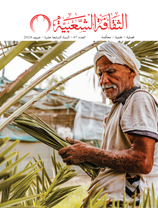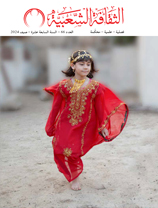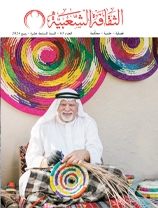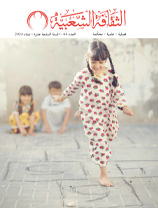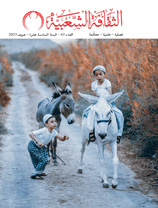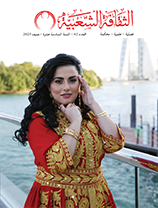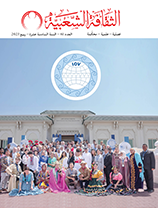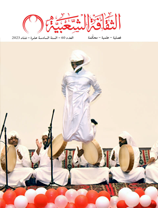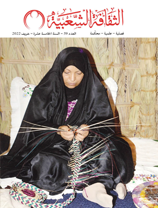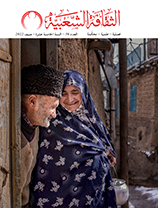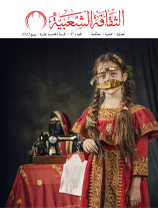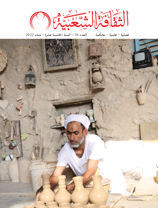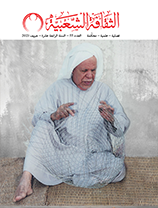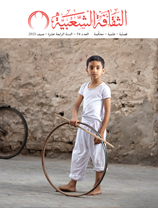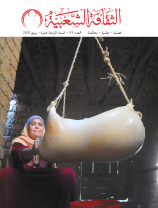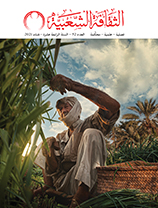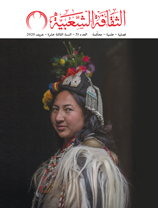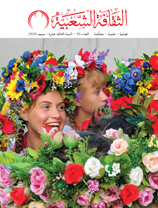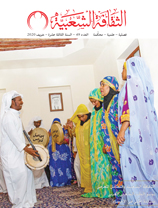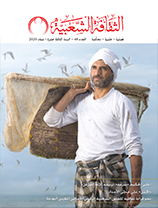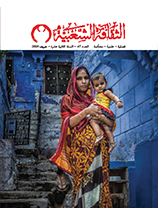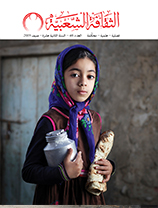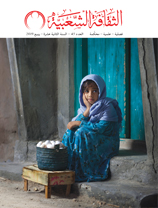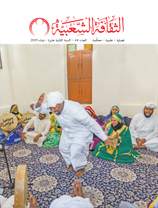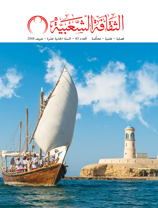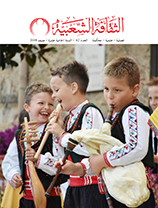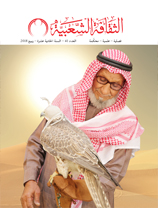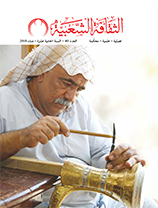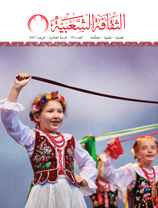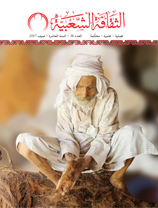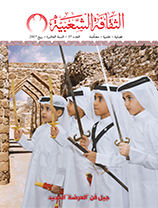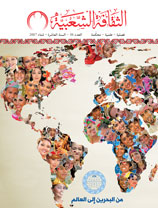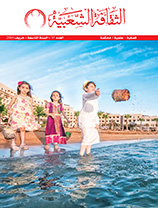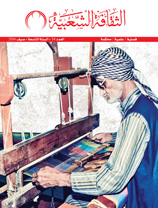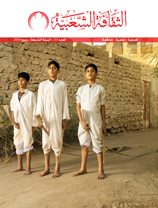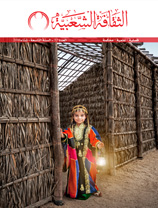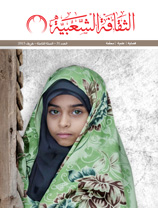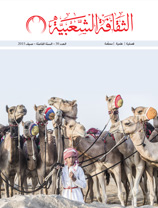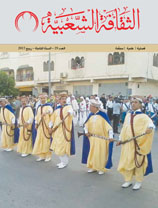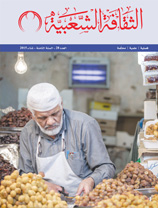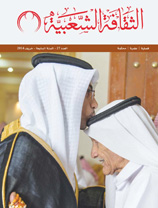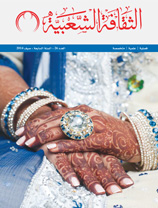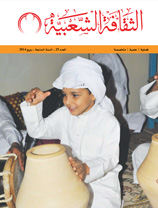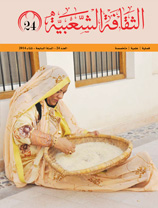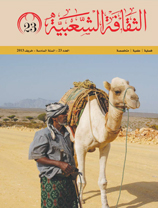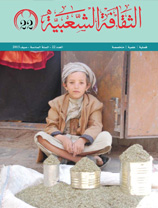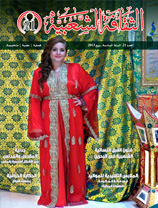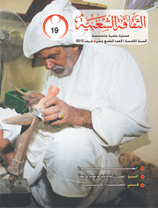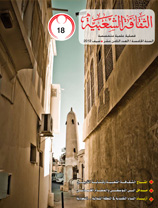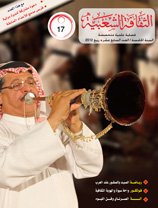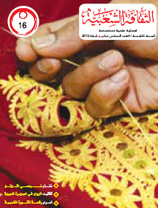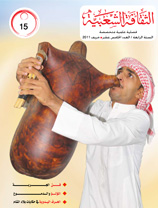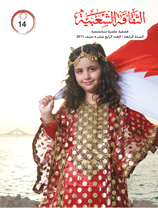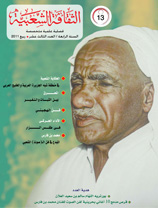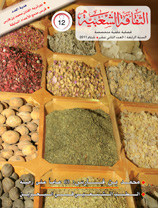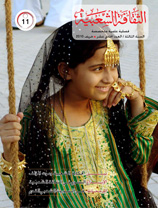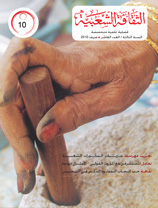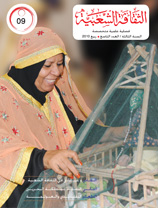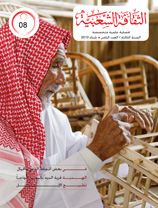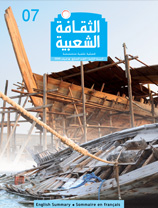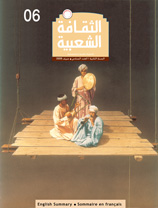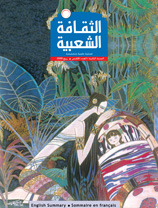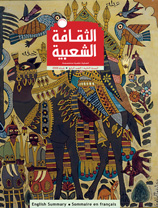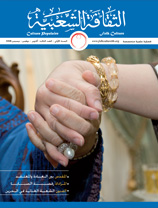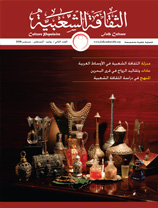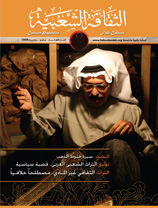Yanbu singing: history, instruments, and components
Issue 63
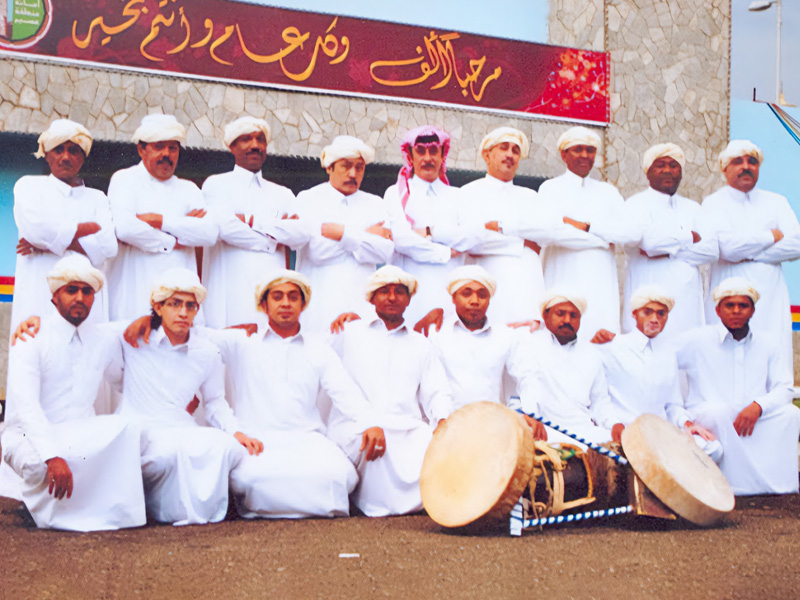
Dr Majdi bin Eid bin Ali Al-Ahmadi
Associate Professor of Literature and Criticism, Department of Arabic Language, University of Tabuk, Saudi Arabia
The focus of the study is Yanbu singing, which is a folk art genre. This research attempts to substantiate this artform by explaining how it originated and defining its components, as it identifies a community and reflects its culture.
The study aims to answer the following questions:
Where does this genre of singing come from?
What are the aesthetic components of it?
What instruments are employed in this style of singing?
Who are the most well-known practitioners of this art?
The research paper, which uses a descriptive method to identify this genre of singing, includes an introduction, a foreword, and three main sections. The first discusses the accompanying instruments in this genre of music. The second addresses the singers, while the third investigates the geographical distribution of this genre of music.
It is hard to determine with certainty whether this song comes from Yanbu. However, Yanbu singing, with its heritage derived from many Arab nations, mawwals, sung poetry, and other forms of singing, developed the lyrical identity of the Yanbu people.
The name of this form of singing has been identified with its place of origin (Yanbu), and even though it has been presented in other cities with various alterations depending on the musical instrument, it still demonstrates an affinity for Yanbu.
It is known as "maritime singing" in many areas. One cannot deny the reality that Yanbu singing, in its most well-known form, is lyrical singing with a Yanbu identity.
The simsimiyya was the first instrument used in this style of singing, and the mirwas, darbuka (goblet drum), and riqq were added later. However, the simsimiyya can be played on its own, and ultimately a qanun-based style of this singing emerged, accompanied by the oud, violin, darbuka, riqq, and mirwas.
The simsimiyya adds more energy and excitement to singing sessions than the qanun, particularly when a violin is being played. This in no way devalues singing's aesthetic value; rather, it is a by-product of the absence of such elements during instrumental sessions.
The mawwal is a foundational element of this kind of music, and the mawwal quartet is the most distinctive aspect of this genre of singing. This form of singing has been performed with a number of maqams, including Saba, Sika, and Bayat.
The mawwals and rhythmic patterns of traditional Yanbu singing have their roots in many different cultures.
This style is commonly associated with a singing ensemble that performs at social events (weddings, etc.), often at the request of attendees.
Singing begins with mawwal, followed by the special musical template, which may be intermingled with ‘tabhirah’. However, the sequence of these components is not required for singing, as there is room for variation.
The Butaish and the Al-Ruwaisi families are the most well-known for this musical style, but it is important to recognise the contributions of people like Abu Karaa.
Despite the criticism by Yanbu's people, the vital role of troupes such as Abu Hilal and Abu Siraj cannot be overstated.





